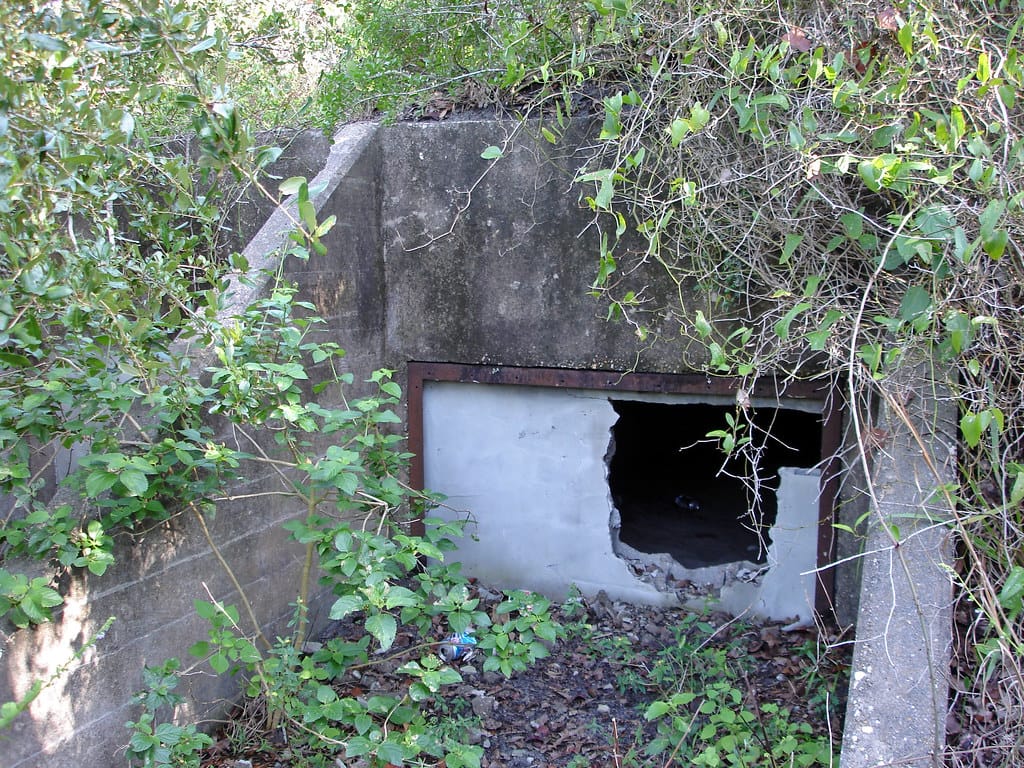Unearthing the Secrets of Fort McRee
Imagine stepping onto the sun-drenched shores of Perdido Key, the Gulf breeze carrying whispers of history. Looming before you, against the backdrop of the sparkling Pensacola Bay, are the weathered remnants of Fort McRee. More than just crumbling brick and stone, these ruins serve as a portal to a bygone era, echoing with tales of military strategy, resilience, and the dramatic events of the Civil War. This article delves into the fascinating history of Fort McRee, exploring its construction, purpose, and ultimate fate, while also providing practical information for those wishing to visit this captivating historical site.
Fort McRee: Guardian of Pensacola Bay
Fort McRee wasn’t simply built on a whim; it was a strategic component of a larger defensive plan. Following the War of 1812, the United States recognized the vulnerability of its coastline and the strategic importance of Pensacola Bay, with its deep-water harbor capable of sheltering a significant naval fleet. To safeguard this vital asset, the government embarked on an ambitious project to construct a network of fortifications, including Fort McRee, Fort Pickens, and Fort Barrancas. These three forts, like sentinels guarding a precious treasure, formed a formidable triangle of defense, designed to repel any enemy ships that dared to approach.
Construction of Fort McRee commenced in 1834, under the guidance of the brilliant military engineer Simon Bernard, a key figure in the development of the “Third System” of coastal fortifications. Over five years, skilled craftsmen meticulously laid some 15 million bricks, shaping the fort into its distinctive bent elliptical form, optimized for defensive capabilities. Completed in 1839 at a cost of $335,000, Fort McRee represented a significant investment in American coastal defense and stood as a testament to the ingenuity and engineering prowess of the time. By 1858, it was equipped with an impressive arsenal of 120 cannons, ready to defend the bay against any potential threat.
From Boom to Bust: The Civil War and Beyond
The tranquility of Pensacola Bay was shattered in 1861 with the outbreak of the Civil War. Fort McRee, once a symbol of strength and security, found itself on the front lines of a brutal conflict. Union forces subjected the fort to a relentless bombardment, inflicting heavy damage on its once-imposing structure. While historical records offer glimpses into the intensity of the fighting, ongoing research continues to explore the full extent of the damage and the precise circumstances surrounding the fort’s eventual abandonment. Some historians suggest that design weaknesses might have contributed to its vulnerability, while others emphasize the sheer destructive power of the Union assault. Regardless of the precise details, Fort McRee’s fate during the Civil War represents a pivotal chapter in its history, marking its transition from a vital military installation to a haunting ruin.
In the aftermath of the war, the fort was left to the mercy of the elements. Time and nature gradually reclaimed the site, transforming it into the evocative landscape we see today. The shifting sands of Perdido Key and the relentless erosion of Foster’s Bank, where the fort was situated, have further obscured its physical presence, creating a sense of mystery and intrigue for those who visit.
Visiting Fort McRee Today: A Journey into the Past
So, can you visit Fort McRee? Absolutely! However, it’s important to understand that a visit to Fort McRee isn’t a typical historical site experience. It’s less about polished exhibits and guided tours and more about an adventurous exploration of a site reclaimed by nature. Located within the Gulf Islands National Seashore, at the eastern tip of Perdido Key, Florida, accessing the fort requires a bit of planning and preparation.
Fort McRee sits within Gulf Islands National Seashore, so there’s an entrance fee to access the park itself. Check the National Park Service website for current fees and operating hours. Reaching the fort’s remains involves traversing uninhabited terrain – sandy dunes, grassy fields, and possibly some brush. Comfortable shoes are a must, along with water and sun protection.
What awaits you isn’t a perfectly preserved fortress, but rather a scattered array of ruins, slowly being absorbed back into the landscape. You’ll encounter crumbling walls, the ghostly outlines of former buildings, and the weathered remnants of gun emplacements, including Battery 233, a key component of the fort’s defenses. There are no marked trails or tour guides; exploration is self-guided, allowing you to wander at your own pace, discover hidden corners, and connect with the past in a tangible way. It’s a chance to imagine the lives of the soldiers who once manned these walls, to picture the roar of cannons and the chaos of battle, and to appreciate the enduring power of history.
Unraveling the Mysteries: Ongoing Research
While much of Fort McRee’s story is known, ongoing archaeological research and historical investigation continue to reveal new insights. Some experts believe that portions of the fort may still lie buried beneath the shifting sands, while others suggest that erosion has unearthed previously hidden areas. These discoveries offer tantalizing clues about the fort’s construction, its role in the Civil War, and the daily lives of its inhabitants. Researchers are also working to piece together a more complete picture of the fort’s abandonment, exploring the experiences of the soldiers who served there and the complex factors that led to its eventual decline.
The study of Fort McRee is an ongoing process, and our understanding of its history is likely to evolve as new information comes to light. This element of uncertainty adds to the fort’s allure, inviting us to engage with the past not as a fixed narrative, but as an unfolding story.
The Legacy of Fort McRee
Though ravaged by time and conflict, Fort McRee remains a powerful symbol of resilience, ingenuity, and the sacrifices made by those who defended our shores. It’s a place where history whispers from the ruins, reminding us of the dramatic events that shaped our nation. If you’re planning a trip to the Doswell VA county and the Fredericksburg Expo and Conference Center, consider extending your journey to Perdido Key and experiencing the haunting beauty of Fort McRee. It’s a journey that will leave you with a deeper appreciation for the past and a renewed sense of wonder at the enduring power of history.
- Discover Long Black Pepper: Flavor & Health Benefits - April 25, 2025
- Shocking Twists: The Grownup Review: Unreliable Narration - April 25, 2025
- A Quiet Place Book vs Movie: A Deep Dive - April 25, 2025

















1 thought on “Exploring the Ruins of Fort McRee: A Journey Through Time on Perdido Key”
Comments are closed.